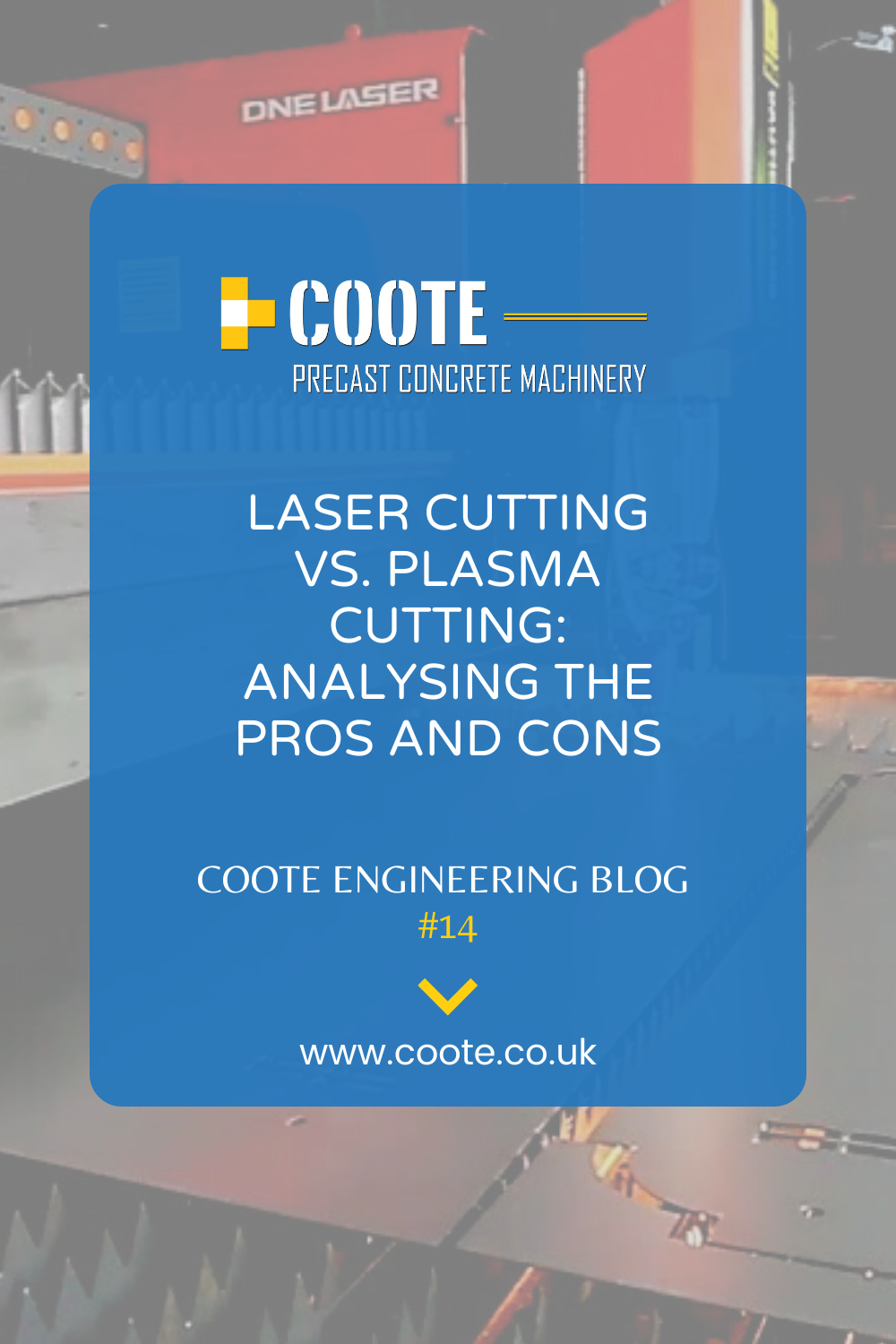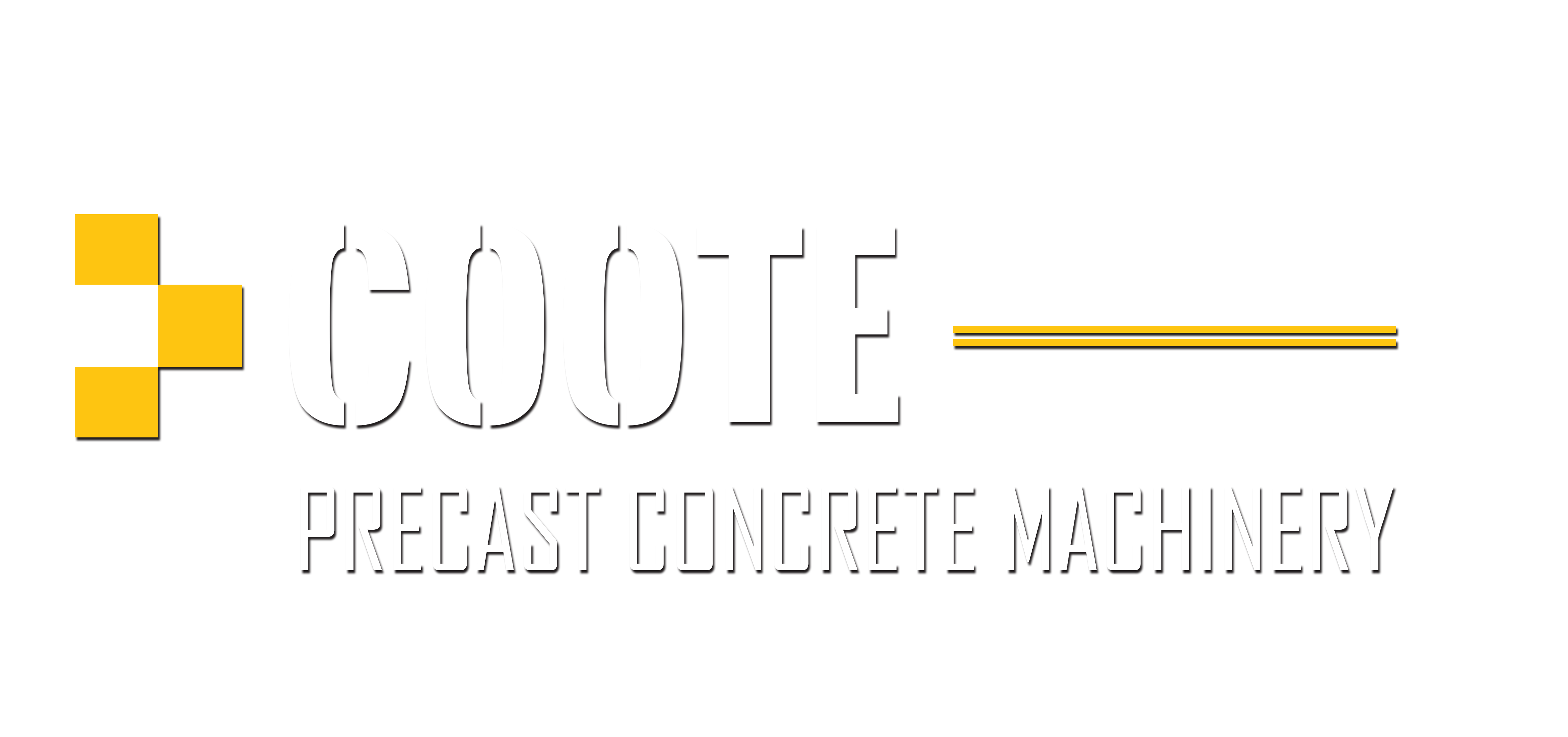In the world of modern manufacturing and fabrication, precision cutting technologies have revolutionised the way materials are shaped and manipulated. Laser cutting and plasma cutting are two widely used methods that offer distinct advantages and disadvantages. This article aims to delve into the pros and cons of laser cutting and plasma cutting, providing an overview of their capabilities, applications, and limitations.
Laser Cutting:
Laser cutting utilises a highly focused beam of light to vaporise or melt materials, resulting in precise and clean cuts. Here are the pros and cons of laser cutting:
Pros:
- High precision: Laser cutting excels in intricate and detailed cutting tasks, achieving narrow kerf widths and tight tolerances, making it ideal for applications requiring fine precision.
- Versatility: Lasers can cut a wide range of materials, including metals, plastics, wood, fabric, and more. They offer exceptional versatility and can handle varying thicknesses.
- No physical contact: As a non-contact cutting process, laser cutting minimizes the risk of material distortion or damage caused by tool contact. This makes it suitable for delicate materials and reduces the need for extensive finishing.
- Minimal heat-affected zone (HAZ): The concentrated energy of the laser beam reduces heat transfer to the surrounding material, resulting in a smaller HAZ. This is advantageous for heat-sensitive materials or when minimal thermal distortion is required.
Cons:
- High initial cost: Laser cutting machines can be expensive to acquire and maintain, making it a significant investment for smaller businesses or workshops.
- Limited thickness capacity: While lasers can cut a wide range of materials, their ability to cut thick metal sheets is comparatively limited. Plasma cutting is often more efficient for thicker materials.
- Slower cutting speed: Laser cutting can be slower than plasma cutting, especially when dealing with thicker materials. This may impact production timelines for large-scale projects.
- Reflective material challenges: Certain reflective materials, such as copper or aluminium, can pose challenges for laser cutting due to their reflective properties. Additional measures may be required to overcome these obstacles.
Plasma Cutting:
Plasma cutting involves the use of ionized gas directed through a nozzle to cut materials by melting and blowing away the excess. Let’s explore the pros and cons of plasma cutting:
Pros:
- Faster cutting speed: Plasma cutting is renowned for its rapid cutting speed, particularly when dealing with thicker materials. This makes it ideal for heavy-duty industrial applications that prioritise efficiency.
- Cost-effective: Plasma cutting machines generally have a lower initial cost compared to laser cutting systems. This affordability makes it a more accessible option for small to medium-sized businesses.
- Greater thickness capacity: Plasma cutting can handle significantly thicker materials, making it well-suited for heavy plate cutting in construction, shipbuilding, and automotive industries.
- Tolerant of imperfect surfaces: Plasma cutting is more forgiving when it comes to materials with irregular surfaces, rust, or coatings. It can effectively cut through painted or rough metals without compromising accuracy.
Cons:
- Lower precision: Plasma cutting is less precise compared to laser cutting, resulting in wider kerf widths and larger tolerances. It may not be suitable for projects that require intricate detailing or high precision.
- Wider heat-affected zone (HAZ): The wider arc and higher heat involved in plasma cutting can generate a larger HAZ, potentially leading to greater thermal distortion in the cut material.
- Limited material versatility: While plasma cutting can handle a range of metals, it may struggle with non-conductive materials like plastics, ceramics, or composites. Lasers have a broader material compatibility.
- Increased smoke and noise: Plasma cutting generates more smoke, fumes, and noise compared to laser cutting, requiring appropriate ventilation.


 +44 (0)28 8556 8123
+44 (0)28 8556 8123
 office@coote.co.uk
office@coote.co.uk